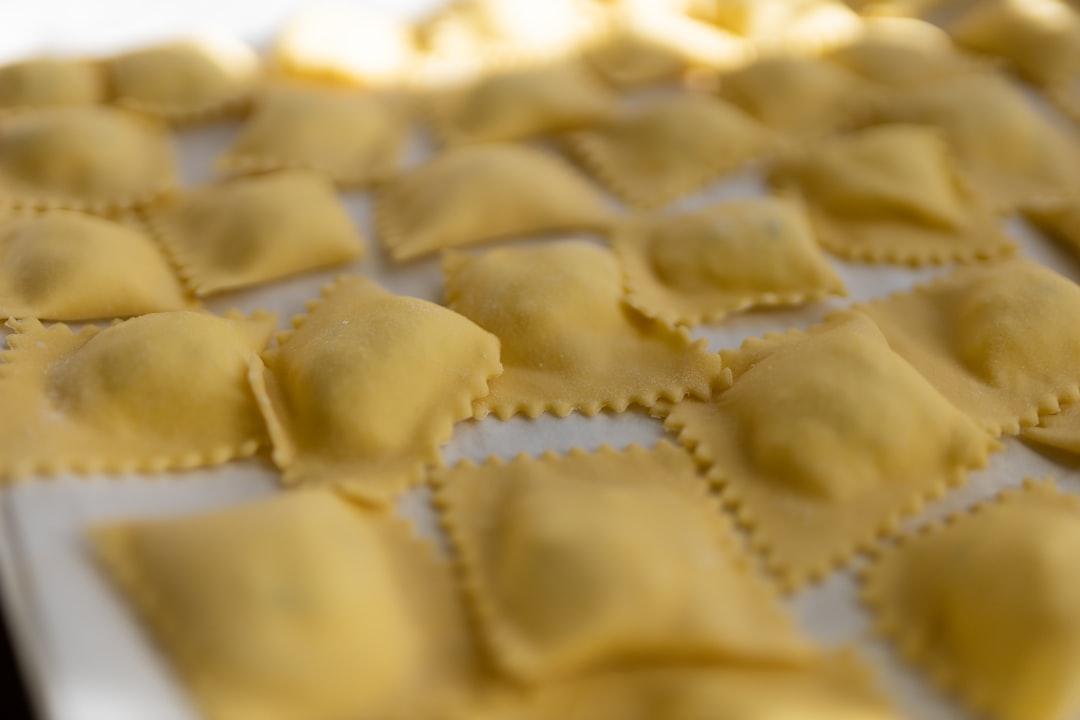In the world of cooking, having the right tools can make all the difference. One such tool that often goes under - appreciated but can revolutionize your produce prep is the mandoline. Our Test Kitchen experts are here to guide you on how to use this amazing device effectively while keeping your fingers safe.
A mandoline is a versatile kitchen tool that allows you to slice, julienne, or make waffle - cut vegetables and fruits with ease. It consists of a flat base, a blade or multiple blades, and a handle or a pusher to hold the produce in place. The key to using a mandoline lies in understanding its different parts and how they work together.
First and foremost, safety should be your top priority. The blades on a mandoline are extremely sharp, and a moment of inattention can lead to serious cuts. Always use the provided handguard or a cut - resistant glove when handling the produce. This simple step can prevent many accidents in the kitchen. Before you start using the mandoline, make sure it is clean and dry. Any moisture or debris on the blade can affect its performance and increase the risk of slipping.
When it comes to choosing the right blade for the job, it depends on what you want to achieve. For thin, uniform slices, use the slicing blade. If you're looking to make matchstick - like strips, the julienne blade is your best bet. Some mandolines also come with a waffle - cut blade, which can add an interesting texture to your dishes. To change the blade, follow the manufacturer's instructions carefully. Usually, it involves releasing a locking mechanism and swapping the blades.
Now, let's talk about preparing the produce. Wash and dry your vegetables or fruits thoroughly. Remove any stems, cores, or seeds. For larger produce like cucumbers or zucchinis, you may want to cut them into smaller, more manageable pieces. Place the produce on the mandoline's platform, making sure it is stable. Use the handguard or glove to hold the produce firmly against the blade. Apply gentle, even pressure as you push the produce across the blade. Avoid using too much force, as this can cause the blade to jam or the produce to be sliced unevenly.
As you're slicing, pay attention to the thickness of the slices. Most mandolines have an adjustable thickness setting. You can usually adjust it by turning a knob or a dial. Start with a thicker setting if you're new to using a mandoline and gradually decrease the thickness as you get more comfortable. This way, you can ensure that your slices are consistent and the right thickness for your recipe.
Once you've finished slicing, clean the mandoline immediately. Use a soft brush to remove any food particles from the blade and the platform. Be careful not to cut yourself while cleaning. You can also soak the parts in warm, soapy water for a few minutes to make the cleaning process easier. Rinse the parts thoroughly and dry them completely before storing the mandoline.
Using a mandoline can save you a significant amount of time in the kitchen. For example, if you're making a salad, you can quickly slice a variety of vegetables in no time. It also adds a professional touch to your dishes, as the slices are uniform and look more appealing. Whether you're a beginner cook or an experienced chef, a mandoline is a tool that can take your cooking to the next level.
In conclusion, mastering the use of a mandoline is a valuable skill for any home cook. By following these tips from our Test Kitchen experts, you can use this tool safely and effectively to make quick work of produce prep. So, go ahead and give it a try in your kitchen. You'll be amazed at how much it can enhance your cooking experience.




















